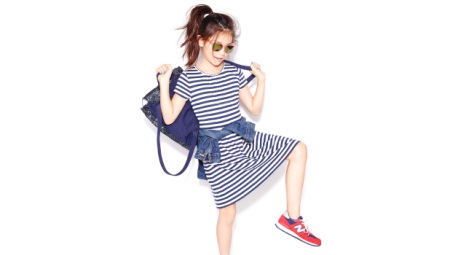The modern rhythm of life dictates its own conditions. Today, wearing orthopedic sneakers is already a necessity. If before they were used only for sporting events, now they can be worn in everyday life.
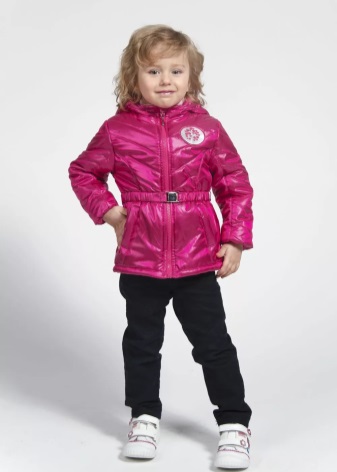

Orthopedic shoes for children are especially important. But in order to choose really good, high-quality shoes, you need to know some details and the nuances of the choice. We will talk about this.
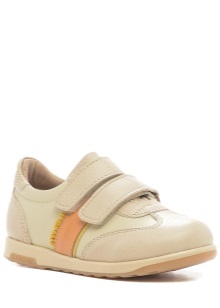

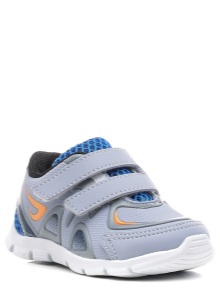
What it is?
Nowadays, many manufacturers call their shoes orthopedic, using this fact as an advertising move. However, far from always claimed is true. Original orthopedic shoes should be made of leather or nubuck.
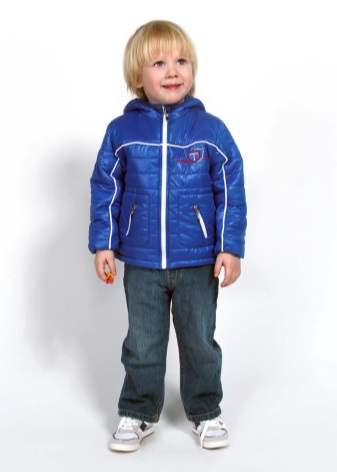
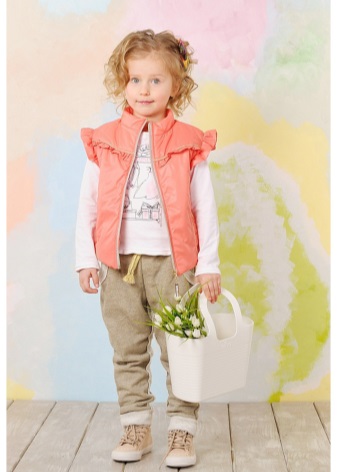
A prerequisite is the presence of insoles with arch support.
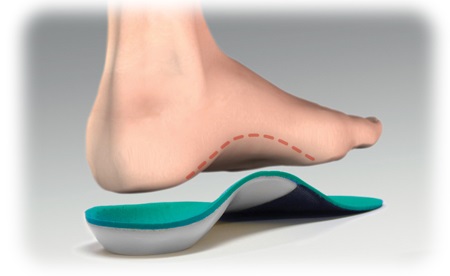
Two types of such shoes are known:
- The first is sneakers with an orthopedic insole, which removes the load from the spine and evenly distributes it throughout the foot.
- The second is sneakers equipped with an orthopedic sole, which relieves the stress exerted on the bones and joints.
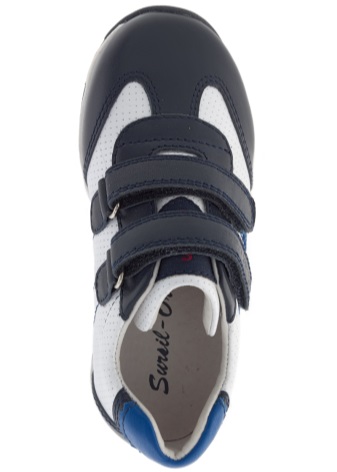
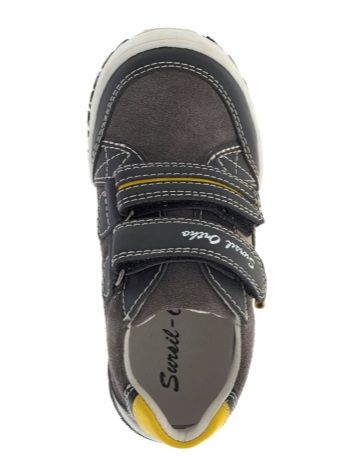
Outwardly, orthopedic shoes practically do not differ from simple ones.
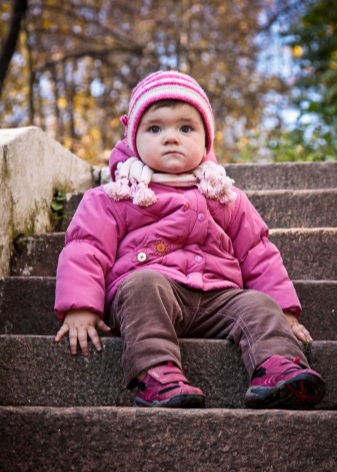
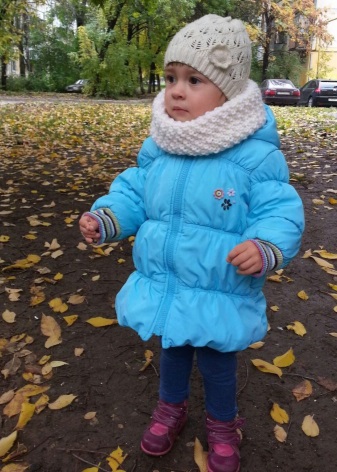
What are they for?
First of all, this shoe is recommended for prevention. In the process of running or playing sports, the sneakers make it possible to evenly distribute the load on the feet, remove excessive tension in the knee and hip joints, maintain spinal health, relax muscles and improve blood circulation. The same thing happens with everyday wear.
The biggest plus of orthopedic sneakers is that they help to avoid flat feet. They also provide protection against injuries and the absence of pain in the legs.
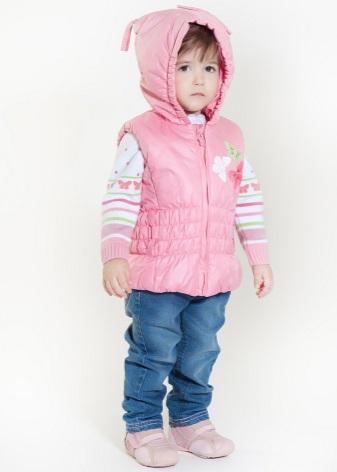
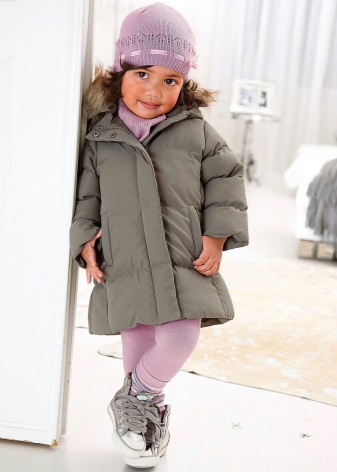
Often wearing orthopedic shoes is prescribed by a doctor.
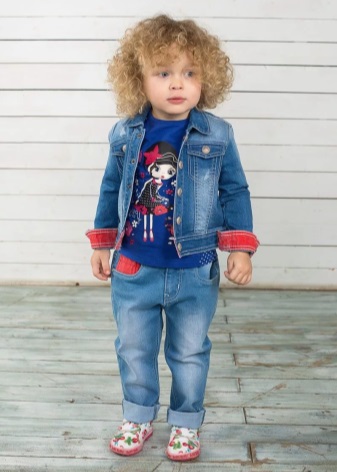
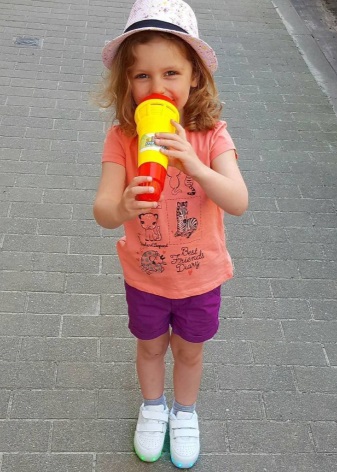
Models for children
Perhaps the best shoes for girls and boys are sneakers. No wonder they are so popular!
However, orthopedic sneakers have their own characteristics:
- The size. Sneakers should not be large or small. Inside, from the big toe to the toe should be 1.5 cm. When buying sneakers you should definitely measure. You can not buy orthopedic shoes without a child or simply attaching it to the foot.
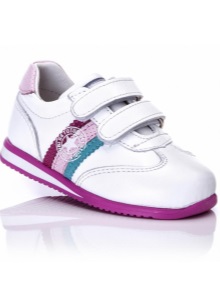

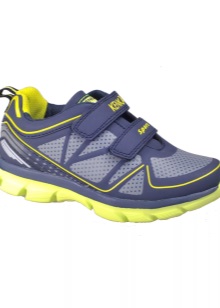
- Sock. Sneakers must have an elastic toe. By the way, he talks about the quality of the product. If, with a strong pressure on the sock with your finger, the dent quickly resolves or does not go away at all, it’s better not to buy such sneakers.


- Sole. High-quality orthopedic sneakers have an elastic sole that bends with some effort. In good shoes, the baby should easily get on his toes, jump or run.
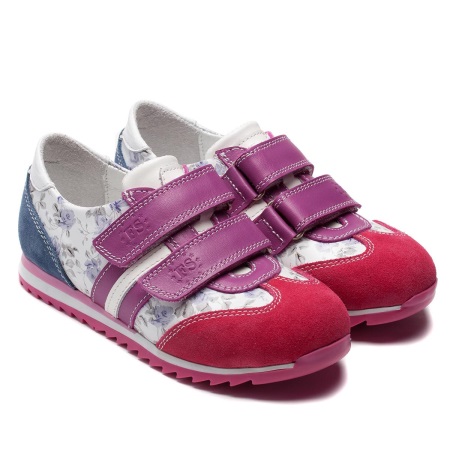
- Heel. The best option is the lack of a heel, but let's say a small one, about 0.5 cm.
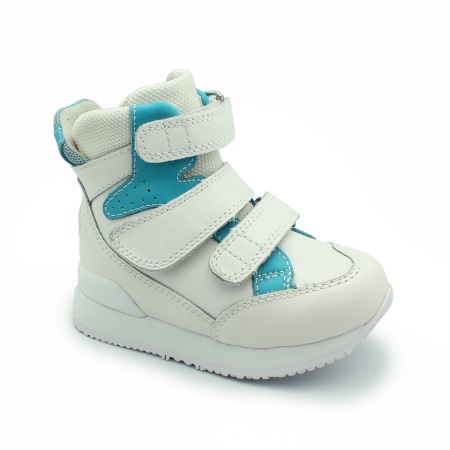
- Insole with arch support. In this case, you need to know what type of flat feet the child has. It can be longitudinal or transverse. Bending the insoles is also important. The higher it is, the stronger the flat feet.
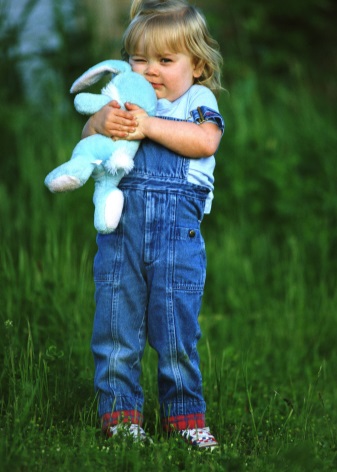
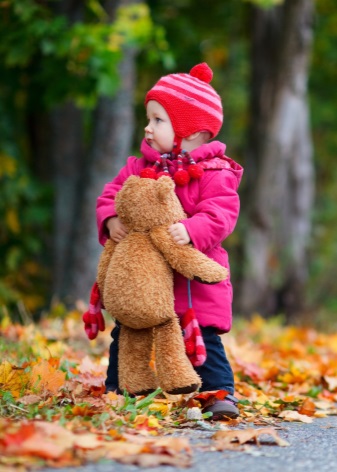
- Heel. Despite the top of the sneakers, the back should be firm and steady. You can conduct a small experiment - squeeze it in your hand. It should not shrink or deform. In this case, the heel should be soft so as not to damage the leg.
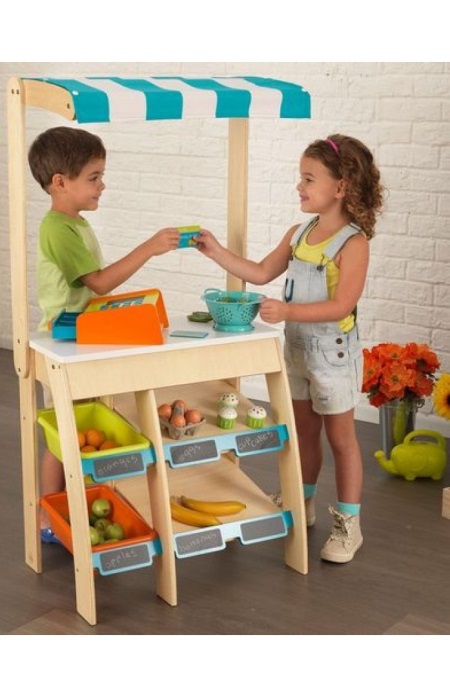
- Material. Sneakers are shoes designed primarily for jogging. Therefore, they must be made of natural breathable materials. If the shoes will not let air in, the legs will sweat and sing. It is also desirable that the material is moisture resistant.

How to choose?
When buying orthopedic shoes, you must be guided by the features described above. However, there are some more important nuances.
- Shoes should not have crooked seams and protruding threads.
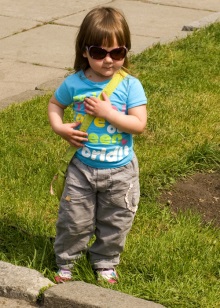
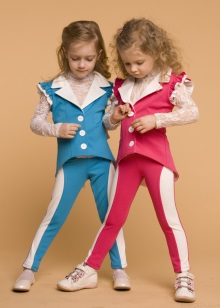
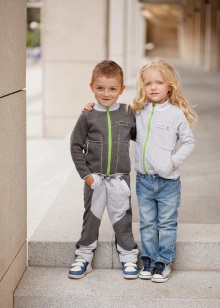
There should be a removable insole, under which there are seams or relief. If the sneakers inside are smooth, this can adversely affect the development of the child's legs.
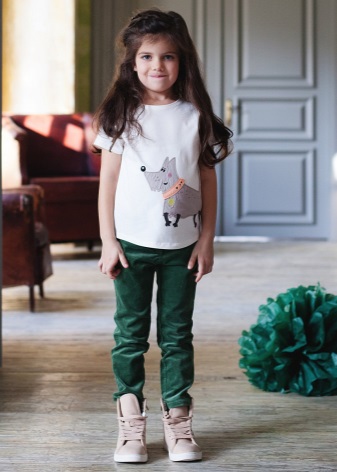
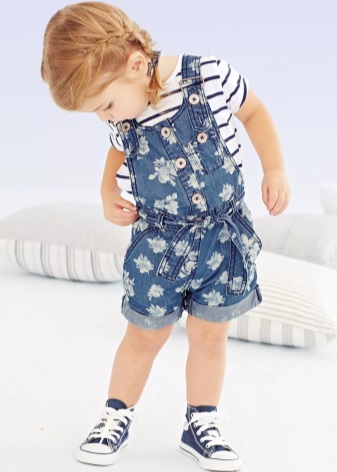
- Note that there is a small puffy cushion in the ankle area. Its task is to prevent rubbing.
- For a kid, it is better to buy shoes with reflectors. Thanks to them, it is easier to notice a child in the dark or in a crowd.

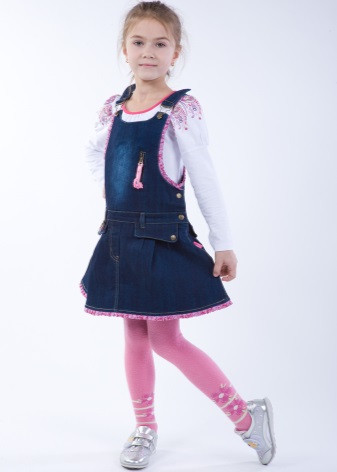
Contrary to most opinions, children's sneakers should be laced. This helps to train the baby’s thinking. Laces should be threaded through special hooks or rings. Velcro sneakers fix the foot worse and leak moisture more easily.
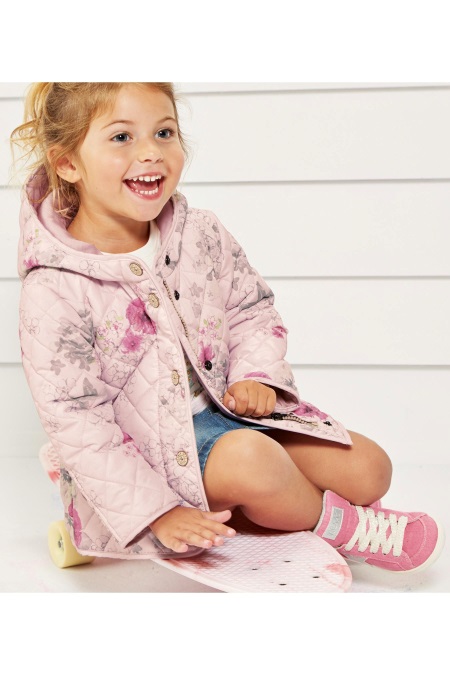
Popular manufacturers
Many companies today specialize in the production of children's orthopedic shoes. Consider the most famous of them.
- ORTENBERG
This is a German company that produces children's shoes. Their models not only treat, they also look unusually stylish. Sneakers from this brand perfectly fix the foot and support the arches. They are recommended for those with flat feet, many also buy them in order to avoid its development.
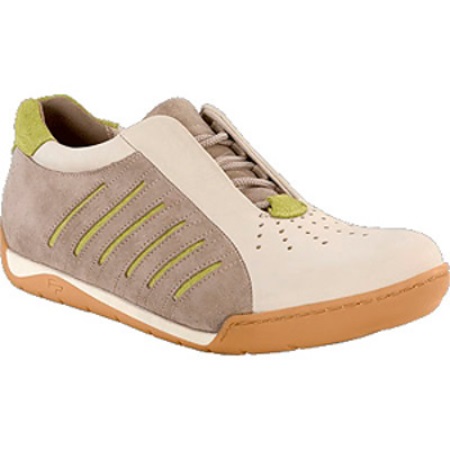
- PAPAYA
An Israeli brand that produces unusual and attractive shoes for children. A feature of the company is a material that remembers the shape of the foot and adapts to it.
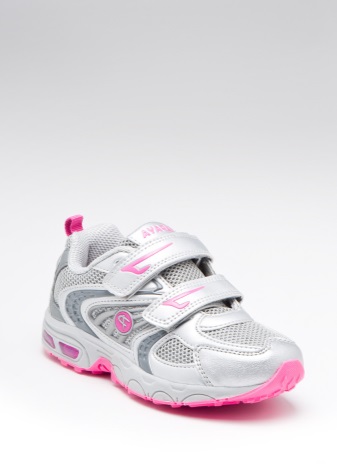
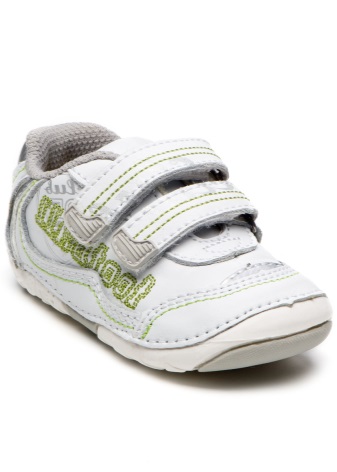
- Aetrex
This is an American brand that produces both children's and adult models. The pride of this company is air-permeable material. When buying shoes from this manufacturer, you can be sure that your baby’s legs will never sweat. Naturally, the sneakers look fashionable and beautiful.
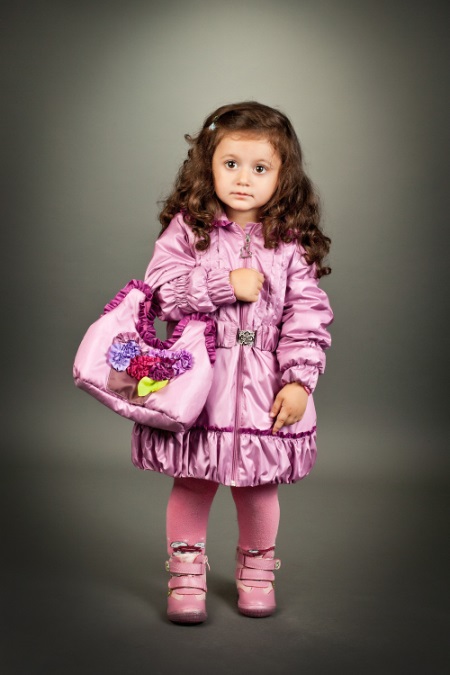
- ORTEK
Russian company, not at all inferior to its foreign counterparts. The brand produces preventive and therapeutic models. All shoes are manufactured in accordance with international standards.
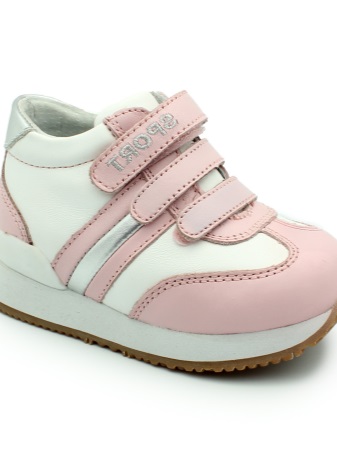
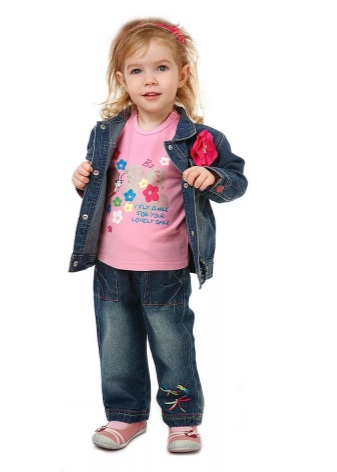
It must be remembered that an expensive and recognizable brand is not a panacea! You need to focus on the comfort of the baby and his reaction. Sneakers should be comfortable.Dear models may not be suitable for the child. If so, you should not buy them, blindly believing what is expensive, which means quality.
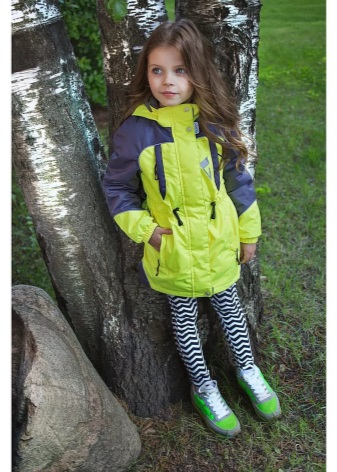
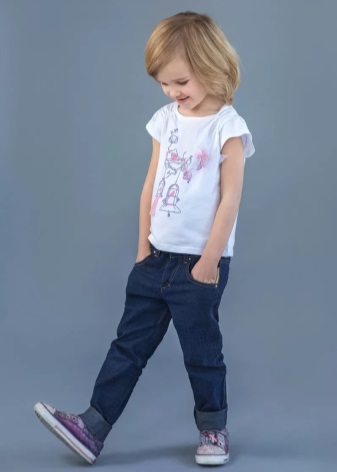
How to choose shoes for a baby with a deformed foot?
All orthopedic shoes presented in stores are preventive. If the crumbs' feet are already deformed, such sneakers are unlikely to help. An orthopedic consultation is needed here. Most likely, with foot problems, shoes will need to be made to order. Another way is to order an insole with arch support. Do this as directed by a doctor. Any initiative here is inappropriate and can lead to serious consequences.


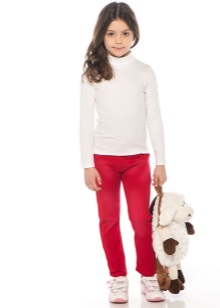
Buying shoes for a child is an important and difficult matter. It should not be taken lightly. After all, we are talking about the health of the child. The main thing is to choose the right shoes of the appropriate size, in which the baby will be comfortable.
